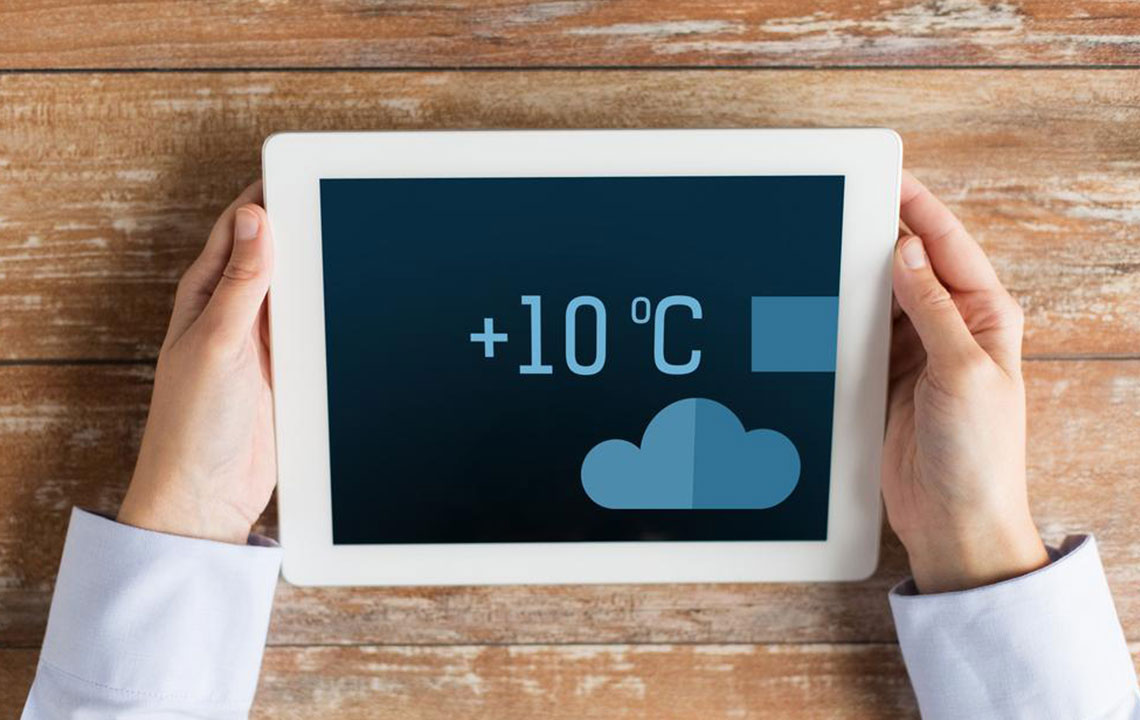Temperature sensors: Types and applications
These days, most devices in homes and offices are equipped with temperature sensors to keep an eye on the operating temperature in the circuits. Applications designed concerning medical equipment, food processing units, chemical handling, AC system controls, and most importantly home or office security systems are frequently making use of these sensors. Many home automation companies offer various packages where you can choose from different types of temperature sensors to make your facilities theft-proof and weatherproof.

Types
Technically speaking, there can be four most popular types of temperature sensors; thermocouple, RTD or resistor temperature, a thermistor sensor, and thermometer. With respect to home and commercial security, users can consult firms providing safety devices and install sensors like glass break sensors, water sensors, low-temperature, heat detector, and sump pump sensors, etc. All these security sensors have their unique properties in protecting your house from anti-social elements, and extreme weather conditions.
Uses
The practical applications of temperature sensors in terms of security to individuals and employees are quite wide:
- A water sensor near your water heater or basement plumbing can detect as little as 4mm of water and is perfect for flood detection, and for preventing property damage from unmonitored temperature.
- A heat detector placed next to the furnace can inform you about the sudden rise in temperature and secure your family from any fireplace malfunction.
- A glass break sensor can detect forced entry and is perfect for patio doors, sunrooms, and any other large expanse of glass.
- The low-temperature wireless sensor in the home triggers a signal to the response center when the temperature level comes to 40 or fall further to avoid failures of heating systems and bursting of pipes in winters which can seriously cause damage to human life.
Commercial applications of these sensors involve providing security to refrigerators, heating and cooling systems. Breweries, food-groceries, and hatcheries make use of temperature sensor systems for process controls. Many security systems firms offer applications for your smartphone to control the residence or office sensors, and allow you to ensure ideal temperature in the nursery, living room or bedroom throughout the day.
There are various temperature sensors available in the market, and every sensor has it owns advantages and disadvantages. It is essential to choose the right type of sensor to precisely match the requirement of a particular application. This can avoid malfunctioning of the devices and give warning before the sudden increase in temperature.















